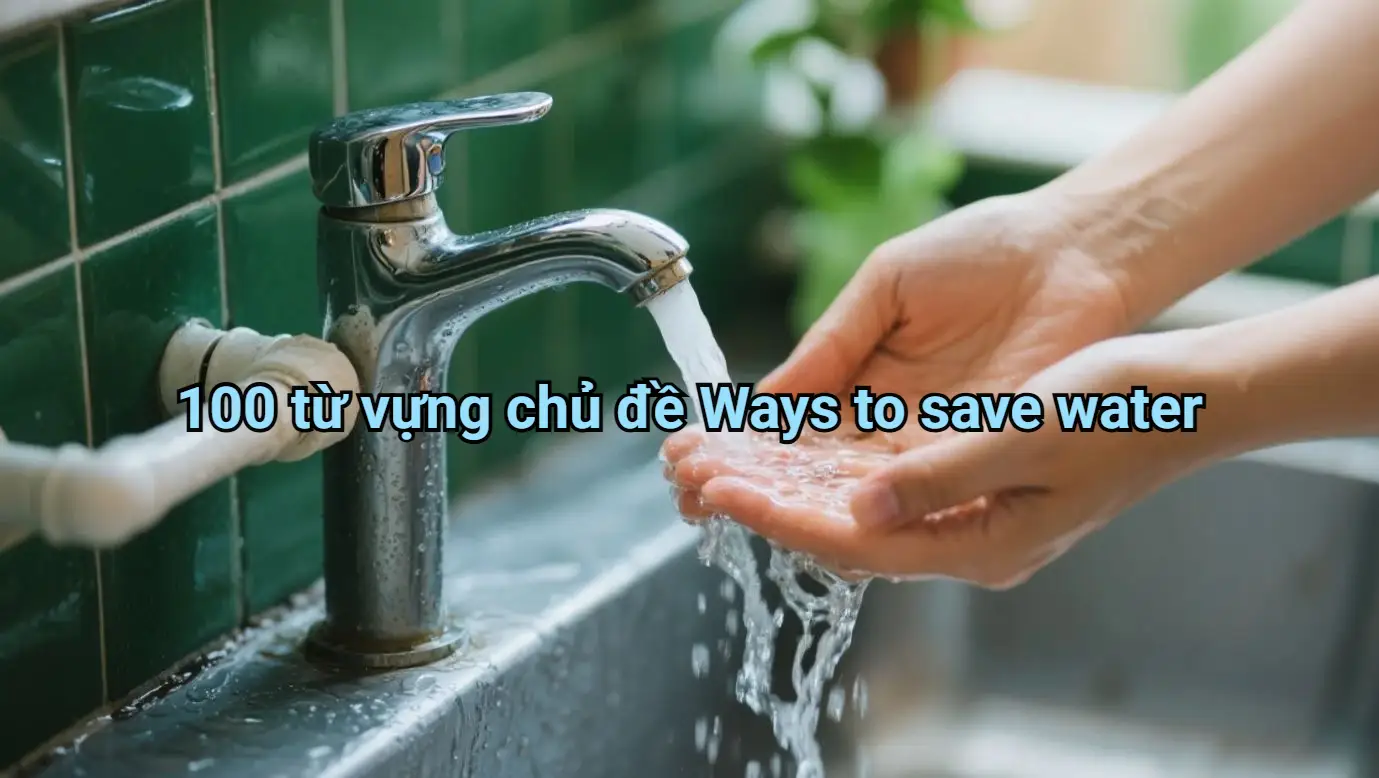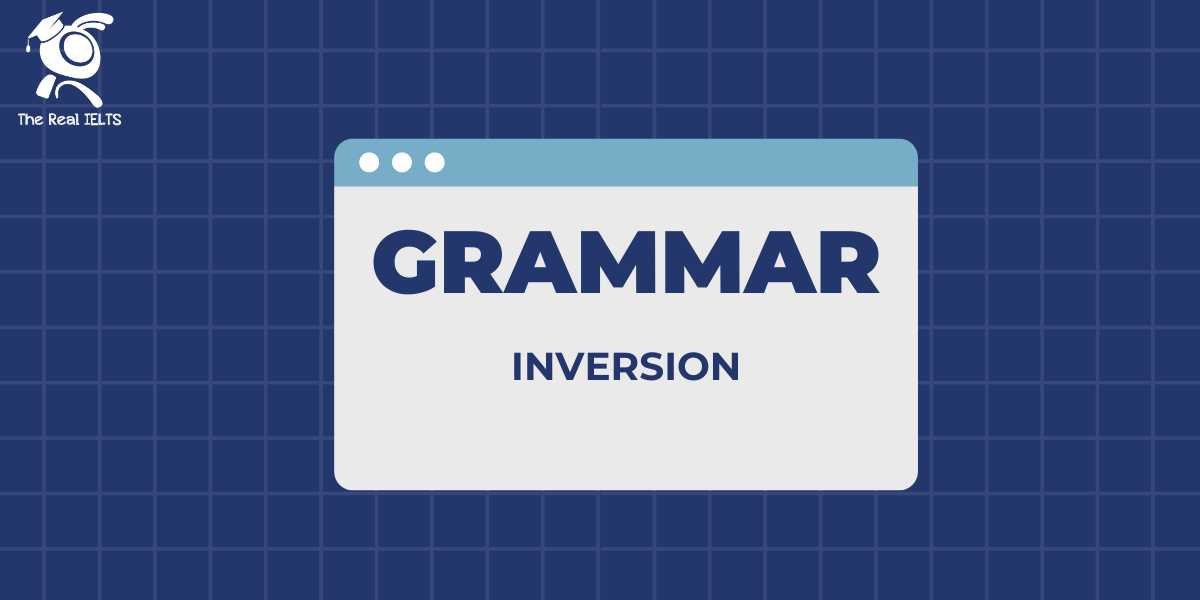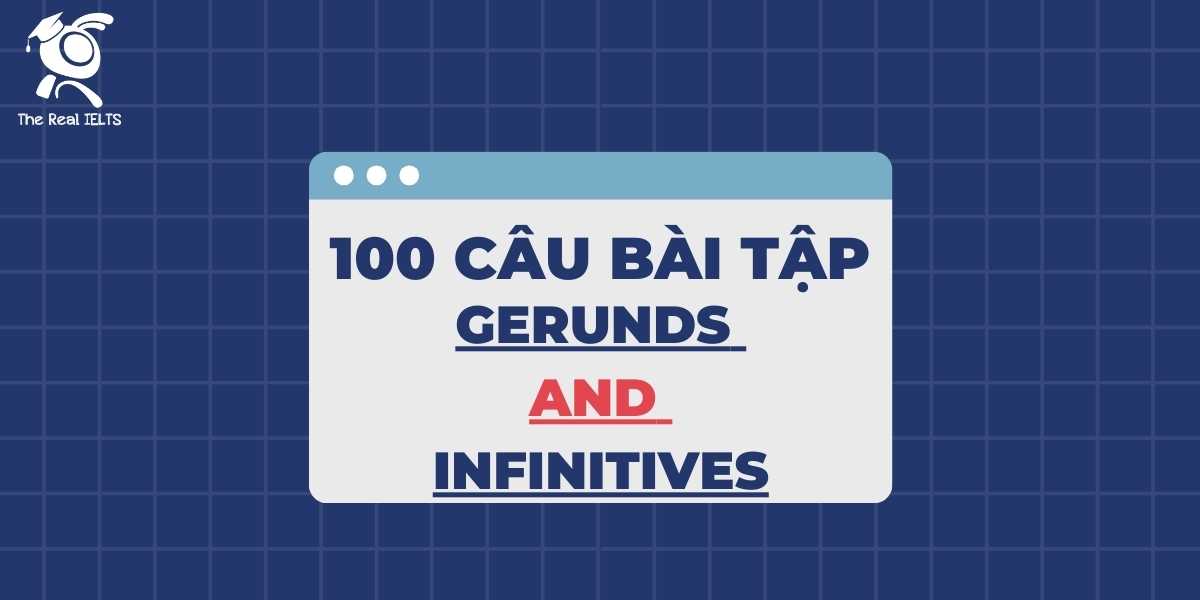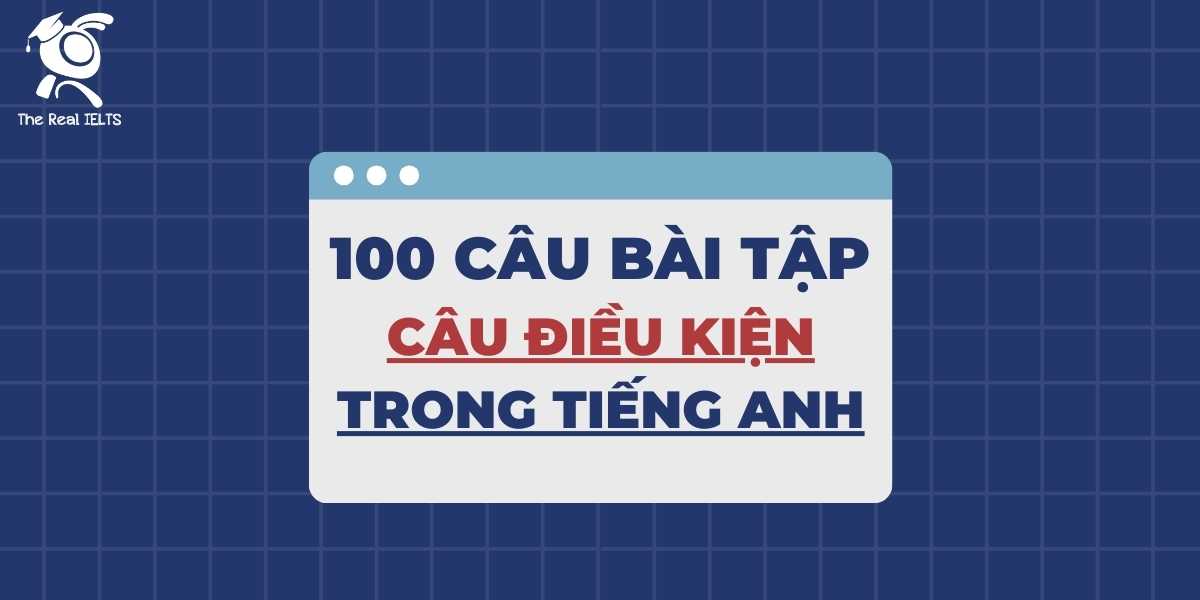IELTS Reading 92: Clean energy technology là chủ đề thuộc chuỗi bài luyện tập 11 dạng bài IELTS Reading và các bài tập luyện tập.
Học lại bài cũ: IELTS Reading 91: The future of blockchain technology.
IELTS Reading: The future of blockchain technology
In recent years, clean energy technology has emerged as a critical solution to mitigate climate change and reduce the world’s dependence on fossil fuels. This technology encompasses various renewable energy sources, such as solar, wind, and hydroelectric power, which produce little to no carbon emissions. By relying on natural resources that replenish over time, clean energy reduces greenhouse gas emissions and promotes environmental sustainability.
Solar energy, one of the most popular forms of clean energy, harnesses the power of the sun to generate electricity. Solar panels, made up of photovoltaic cells, capture sunlight and convert it into electric power. Due to declining costs and advancements in technology, solar energy has become more accessible to individuals and businesses worldwide. In addition to reducing greenhouse gas emissions, solar power helps conserve water, as it requires minimal water use compared to traditional power sources like coal or natural gas.
Wind energy is another key component of clean energy technology. Wind turbines convert kinetic energy from the wind into electricity. This form of energy has gained popularity in regions with consistent wind patterns, such as coastal areas and plains. Offshore wind farms, which are constructed in oceanic waters, have demonstrated even higher efficiency due to stronger and more reliable wind currents at sea. Wind energy not only provides a renewable energy source but also creates jobs and stimulates local economies, especially in rural areas.
Hydroelectric power, generated by harnessing the energy of moving water, has long been a reliable source of clean energy. Large hydroelectric dams, like the Hoover Dam in the United States, have provided power to millions for decades. This method of energy generation is especially beneficial because it can provide a constant power supply, unlike solar and wind, which are more weather-dependent. Additionally, small-scale hydro projects have gained popularity for providing power to remote communities without extensive infrastructure.
The adoption of clean energy technologies is not without challenges. High initial costs for installation, maintenance expenses, and dependency on specific geographical conditions can limit widespread usage. However, government subsidies and international agreements, like the Paris Agreement, have played a vital role in encouraging nations to invest in these technologies. Furthermore, innovation continues to make clean energy technology more cost-effective and efficient, thereby enhancing its viability as a primary energy source.
As the world strives to meet its energy needs in an environmentally sustainable way, clean energy technology stands at the forefront of the global shift toward a low-carbon future. By investing in solar, wind, and hydroelectric power, we can reduce our reliance on fossil fuels, decrease pollution, and create a healthier planet for future generations.
Questions
1. Multiple Choice
- What is one of the main advantages of solar energy mentioned in the passage?
- A. It is more affordable than other clean energy sources.
- B. It requires minimal water use.
- C. It generates power only in coastal areas.
- D. It is the only renewable energy source used worldwide.
- Where have offshore wind farms shown higher efficiency?
- A. On mountain ranges
- B. In oceanic waters
- C. In urban areas
- D. Near large rivers
2. True/False/Not Given
- The cost of solar panels has been increasing in recent years.
- Wind energy is particularly beneficial in urban regions with large populations.
- The Hoover Dam is an example of a hydroelectric power source in the United States.
- Clean energy technology is entirely free from maintenance costs.
3. Yes/No/Not Given
- The Paris Agreement has encouraged countries to invest in clean energy technologies.
- Offshore wind farms produce less energy than onshore wind farms.
- Solar power generation contributes to a significant increase in water consumption.
4. Matching Information
- Which paragraph contains the following information?
- An explanation of how solar panels work.
- Details on how clean energy technology benefits rural economies.
- A mention of an international agreement related to clean energy investment.
- Examples of regions where wind energy is widely used.
5. Matching Headings
Choose the correct heading for each paragraph.
- Paragraph A:
- The Role of Solar Power in Reducing Emissions
- Hydroelectric Power: A Constant Energy Source
- Clean Energy Solutions for the Future
- The Cost Challenges of Clean Energy
- Paragraph B:
- The Economic Impact of Wind Energy
- Different Types of Renewable Energy
- Solar Energy Efficiency
- The Future of Offshore Wind Farms
6. Matching Sentence Endings
Match the beginnings of the sentences to the correct endings.
- Solar panels work by …
A. converting kinetic energy into electricity.
B. capturing sunlight to generate power.
C. using water to produce energy. - Offshore wind farms are more efficient because they …
A. have a lower cost than onshore farms.
B. experience more consistent wind currents.
C. rely on solar energy.
7. Sentence Completion
Complete the sentences below with words from the passage.
- Solar energy helps reduce greenhouse gas emissions and conserves water because it requires __________.
- Offshore wind farms tend to be more efficient due to stronger __________ at sea.
- One challenge of adopting clean energy technology is the __________ associated with installation.
8. Summary Completion
Complete the summary using words from the passage. Clean energy technologies, including solar, wind, and __________, have become essential in combating climate change. Solar panels are composed of photovoltaic cells that __________ sunlight into electricity, making solar energy a popular choice. Wind energy is generated using __________, especially effective in regions with reliable wind currents. The Paris Agreement has encouraged countries to __________ in clean energy.
9. Diagram Label Completion
Label the diagram below based on information from the passage.
- Diagram of a solar panel and a wind turbine.
- Part of the solar panel that captures sunlight: __________
- Structure that converts wind into energy: __________
- Body of water used in offshore wind farms: __________
10. Short Answer Questions
Answer the following questions using words from the passage.
- What do solar panels use to generate electricity?
- In which location have offshore wind farms shown greater efficiency?
- Name one major hydroelectric dam mentioned in the passage.
11. Table/Flowchart/Note Completion
Complete the table using information from the passage.
| Type of Clean Energy | Key Features | Location of Best Use |
|---|---|---|
| Solar energy | Utilizes photovoltaic cells | __________ |
| Wind energy | __________ | Coastal areas or offshore farms |
| Hydroelectric power | Provides constant power supply | __________ |
Đáp án
1. Multiple Choice
- B. It requires minimal water use.
- B. In oceanic waters
2. True/False/Not Given
- False – The passage states that the cost of solar energy has been declining.
- False – Wind energy is particularly beneficial in rural areas, not urban regions.
- True – The Hoover Dam is mentioned as an example of a hydroelectric power source.
- Not Given – Maintenance costs are mentioned, but there is no statement indicating clean energy technology is entirely free from them.
3. Yes/No/Not Given
- Yes – The passage mentions that the Paris Agreement has encouraged nations to invest in clean energy.
- No – Offshore wind farms are described as more efficient than onshore wind farms.
- No – Solar power is mentioned as conserving water, not increasing its consumption.
4. Matching Information
- Paragraph A – An explanation of how solar panels work.
- Paragraph C – Details on how clean energy technology benefits rural economies.
- Paragraph E – A mention of an international agreement related to clean energy investment.
- Paragraph B – Examples of regions where wind energy is widely used.
5. Matching Headings
- Paragraph A: 1. The Role of Solar Power in Reducing Emissions
- Paragraph B: 4. The Future of Offshore Wind Farms
6. Matching Sentence Endings
- Solar panels work by … B. capturing sunlight to generate power.
- Offshore wind farms are more efficient because they … B. experience more consistent wind currents.
7. Sentence Completion
- minimal water use
- wind currents
- high initial costs
8. Summary Completion
Clean energy technologies, including solar, wind, and hydroelectric, have become essential in combating climate change. Solar panels are composed of photovoltaic cells that convert sunlight into electricity, making solar energy a popular choice. Wind energy is generated using turbines, especially effective in regions with reliable wind currents. The Paris Agreement has encouraged countries to invest in clean energy.
9. Diagram Label Completion
- Photovoltaic cells
- Wind turbine
- Oceanic waters
10. Short Answer Questions
- Sunlight
- In oceanic waters
- Hoover Dam
11. Table/Flowchart/Note Completion
| Type of Clean Energy | Key Features | Location of Best Use |
|---|---|---|
| Solar energy | Utilizes photovoltaic cells | Worldwide |
| Wind energy | Uses turbines to convert wind | Coastal areas or offshore farms |
| Hydroelectric power | Provides constant power supply | Regions with large rivers |















